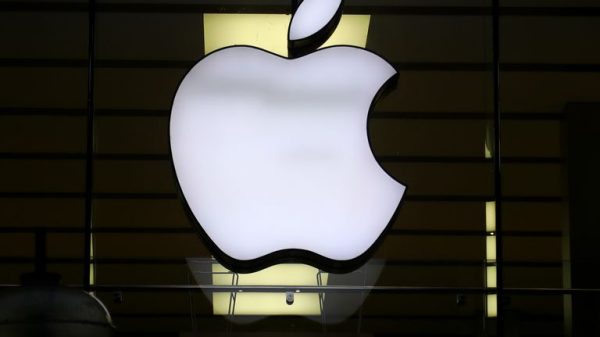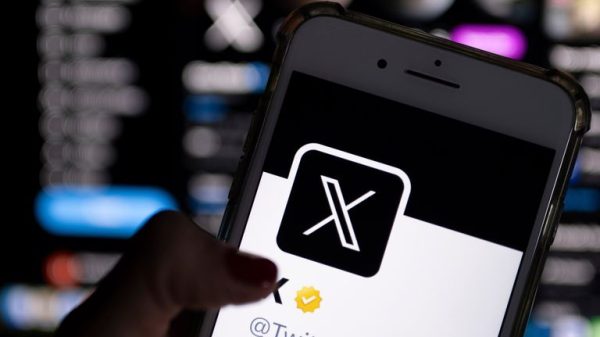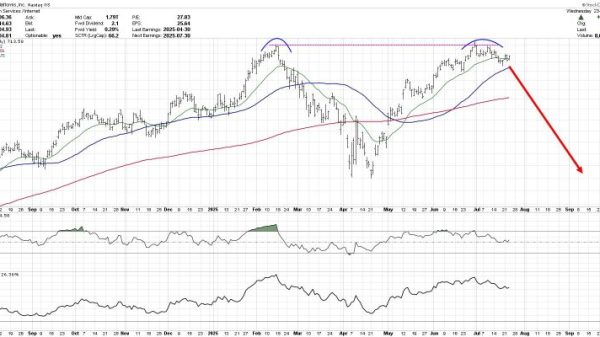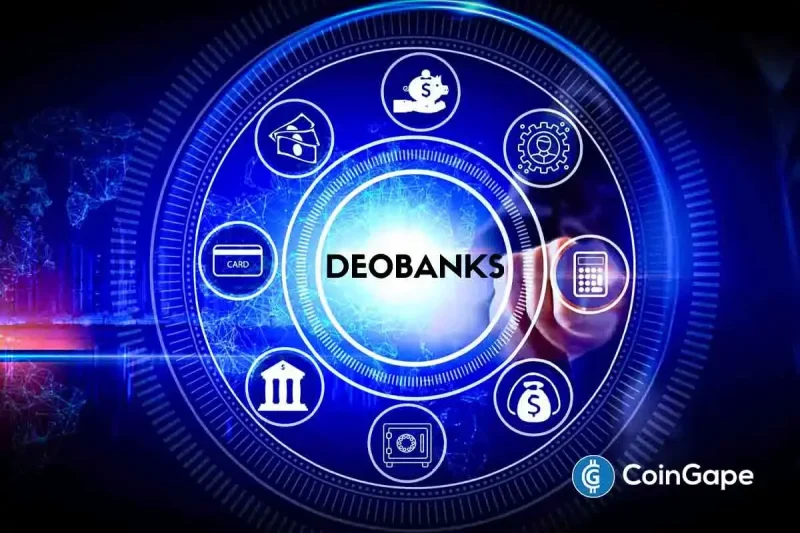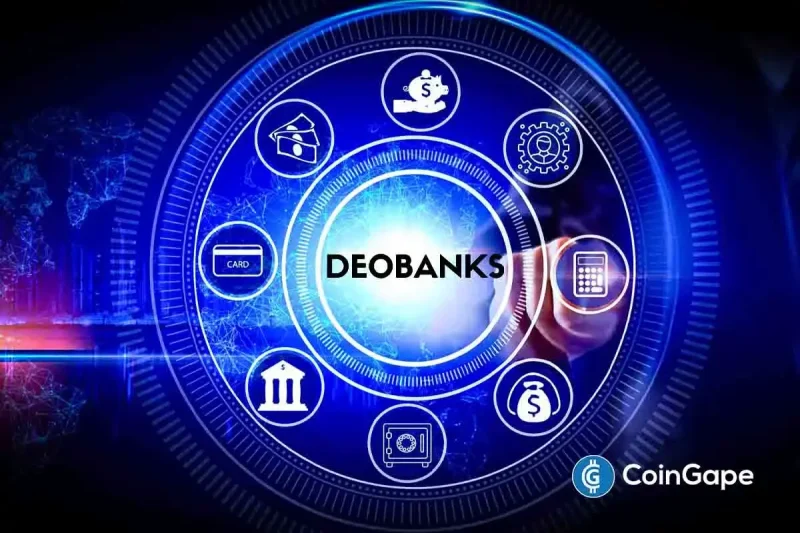

There are a lot of opportunities with cryptocurrency. It hasn’t been dimmed for the past fifteen years. Peer-to-peer transactions, decentralized banking, and a new route to financial independence were among the promises it brought with it when it eventually found its audience. Although it has certain fundamental issues, it also fascinates hundreds of millions of people.
Managing several coins across various platforms, ambiguous wallet addresses, and frequent changes in network fees are all obvious issues that need to be resolved. For merchants, issues compound. Ask yourself, how many local cafés, supermarkets, or transport providers accept Bitcoin or Ethereum? Despite the revolutionary potential of cryptocurrency, individuals still prefer to tap their phones or swipe their cards rather than try blockchain-based payments, thus the road to widespread adoption and flawless usability is far from done.
Becoming intuitive, accessible, and simple-to-use are crypto’s last hurdles to lasting large-scale adoption. And that, dear reader, is where Deobanks come in. Decentralized On-chain Banks are a new breed of financial institution that plan to bridge the chasm between digital assets and real-world spending. Allow us to explain.
The Gap Between On-chain Assets and Everyday Life
Essentially, the problem has to do with the mismatch of the on-chain universe of crypto and the off-chain reality of an everyday transaction. As crypto believers get the word out about decentralization and control, the current infrastructure continues to force most people to convert their digital assets into fiat just to make it usable.
And that’s how the bottleneck effect happens because of the continued reliance on the traditional financial system. Few real-world merchants who directly accept (or do not accept) cryptocurrency for goods and services hamper its practicality. The lapse in the chain creates an excuse for the users to depend on centralized exchanges and off-ramps with outrageous fees, delays, and a loss of control over their assets.
That’s not the end of the problem. Wallet management can be complex and risky, especially when using centralized exchanges. Paradoxically, while you’re safer looking after your own funds in a non-custodial wallet than with a centralized exchange, people actually believe that they’re safer trusting the latter. A major barrier to access is created by the technical jargon, complicated procedures, and mistrust and confusion around custodial security and vulnerability.
What Makes Deobanks Different?
The emergence of Decentralized On-chain Banks, Deobanks for short, is significant. These new challengers arrive on the scene as user-centric and blockchain-native financial institutions designed to fix the usability crisis. They’re not necessarily banks on the blockchain, they’re a completely new approach built with user experience at the forefront, giving certainty to crypto’s unclear future.
The core mission of a Deobank is to help transform cryptocurrency’s image from speculative assets into readily spendable money. To do so, they deliver tools and services specifically designed to make crypto accessible and practical for everyday use, such as:
- Stablecoin support: Consistent purchasing power via stablecoins is a core feature, as these cryptocurrencies, pegged to fiat currency assets (usually the US dollar), deliver a predictable and reliable unit of currency, eliminating volatility.
- Custodial and non-custodial options: Deobanks give users choices on how they want their funds stored.
- Spend integrations: Seamless, instant purchases without third-party custodians and costly middlemen are a necessity.
- Digital and physical cards: Deobanks link user wallets to cards, allowing them to spend their crypto wherever cards are accepted.
WeFi, the world’s first Deobank, is set on the mission of making crypto usable to everybody, anywhere, granting them all even more choices on how to store and spend their digital assets. We asked Maksym Sakharov, WeFi’s Group CEO and Co-founder “Why is making crypto usable for everyday life such a priority for WeFi, and what needs to change in the current system to make that possible?”
Maksym explained that “Everyone can see that the current system is fragmented, complex, and intimidating. It’s time for seamless, intuitive, and secure ecosystems to arrive and drive mass adoption. To make crypto usable for everyone, everywhere, we need to push for a mindset shift and a technological shift in how we think about and interact with cryptocurrency.”
How Stablecoins Make Spending Predictable
It’s true, most cryptocurrencies like Bitcoin and Ethereum are too volatile to be used for everyday transactions. Imagine you’re a merchant, you accept Bitcoin for a sale worth $1,000, and the next day, that Bitcoin is down 10%. Now you have $900 worth of BTC and your margins have been wiped out. You are instantly reminded of why you didn’t want to accept BTC in the first place. You have two choices, either sell at a loss because you need the money now, or wait for the price of Bitcoin to come back up. You become either frustrated or resentful.
This problem is solved by stablecoins, such as USDC/USDT, which offer a price-stable substitute for steady purchasing power. Deobanks use these stablecoins and their USD-like purchasing power to circumvent antiquated traditional banking systems and facilitate straightforward conversions for straightforward wallet and crypto card purchases.
Stablecoins are actually programmable assets that allow for automation and more intelligent payments. Deobanks can use this programmability to provide features like conditional transfers, pooled expenditures, and regular payments, all of which boost efficiency and convenience.
Crypto Cards and Non-Custodial Wallets
When we talk about mass adoption, the real game-changer is arguably crypto cards. Billions of people use debit cards every day, with all kinds of merchants. The only difference here is that the balance is a cryptocurrency, rather than a fiat currency like USD or EUR.
What makes Deobank-issued crypto cards different is their direct connection to non-custodial wallets. This cuts out the need to deposit funds with a third-party custodian. In short, full control. Easy linkage. Simple spending. No centralization.
There’s more. Deobanks are mobile-first, integrated with Apple Pay, Google Pay, and QR-based systems, and allow billions of smartphone users to bring crypto into their daily routines. WeFi has even designed an exciting integration with Telegram, where more than one billion monthly active users share messages, files, and experiences in a safe and encrypted way.
WeFi Brings Blockchain to Everyday Life
WeFi is a prime example of a Deobank that unites these tools into a seamless experience with stablecoin support, non-custodial wallets, and crypto cards.
Users are able to:
- Spend crypto without conversion hassle
- Maintain wallet control without compromising user experience
- Choose self-custody or a custodial experience
- Use crypto like money, without thinking twice
UX success is about making the tech invisible, allowing users to focus on the value it provides, rather than the complex infrastructure behind it. We asked WeFi’s Head of Growth, Agne Linge, about their long-term vision for making WeFi not just crypto-friendly, but people-friendly. How do they see crypto blending into everyday life five years from now?
She explained “Integrating crypto seamlessly into the fabric of our daily lives over the next five years requires us to make it as intuitive as existing payment methods. Users must transact with crypto with ease and confidence. Why would they want to do that? Well, it’s faster, cheaper, democratized, offers better yields, and opens people up to an exciting new world of decentralized finance opportunities.”
When Crypto Becomes Normal
To close the usability gap that has hindered widespread adoption, Deobanks aim to combine stablecoin support, non-custodial wallets, and crypto cards into an experience that is easy and familiar. Card and QR-code payments will also help reframe the user mindset and dispel misconceptions about how complex and futuristic the platforms are.
Crypto becomes mainstream not when people invest in it, but when they actually use it.
Deobanks like WeFi are making that possible, one transaction at a time.
The post From On-Chain to On-The-Ground: How Deobanks Make Crypto Easy to Use appeared first on CoinGape.







